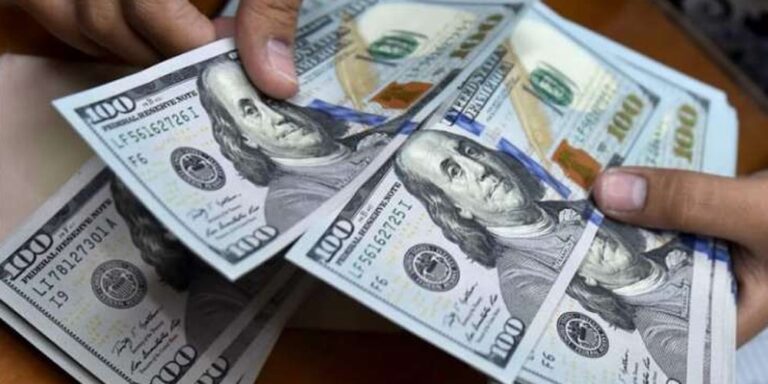Pakistan’s foreign exchange reserves have decreased to $4.3 billion, the lowest level since February 2014, according to the country’s central bank, following the repayment of some of Pakistan’s external debt.
The State Bank of Pakistan (SBP) published the data on Thursday, adding that commercial banks have $5.8 billion, for a total of approximately $10.1 billion.
The IMF disbursed a $1.17 billion tranche in August of last year, but the next batch of funds has been stalled since Pakistan has yet to agree to the lender’s several criteria, such as raising energy costs and extending the tax base.
Last year, Pakistan was also hit by disastrous floods, which killed over 1,700 people, affected 33 million people, and cost the country more than $30 billion. Pakistan hosted an international donors’ summit with the United Nations earlier this week in Geneva when the world community promised more than $10 billion over the next three years.
Experts, on the other hand, have painted a bleak picture, arguing that the government should shift its focus from finding short-term fixes to more long-term reforms. According to Sakib Sherani, an economist based in Islamabad, Pakistan faces more than $20 billion in debt payback obligations over the next two years.
“In 2017, our yearly debt repayment was close to $7 billion. Over $20 billion is expected this year and next. We can’t help but borrow more, and while it may be a short- to a medium-term solution, it’s simply unsustainable,” Sherani explained in an interview.
He stated that Pakistan’s debt obligations should be restructured and that the government should develop a clearer plan for its economic strategy.

Comments are closed.